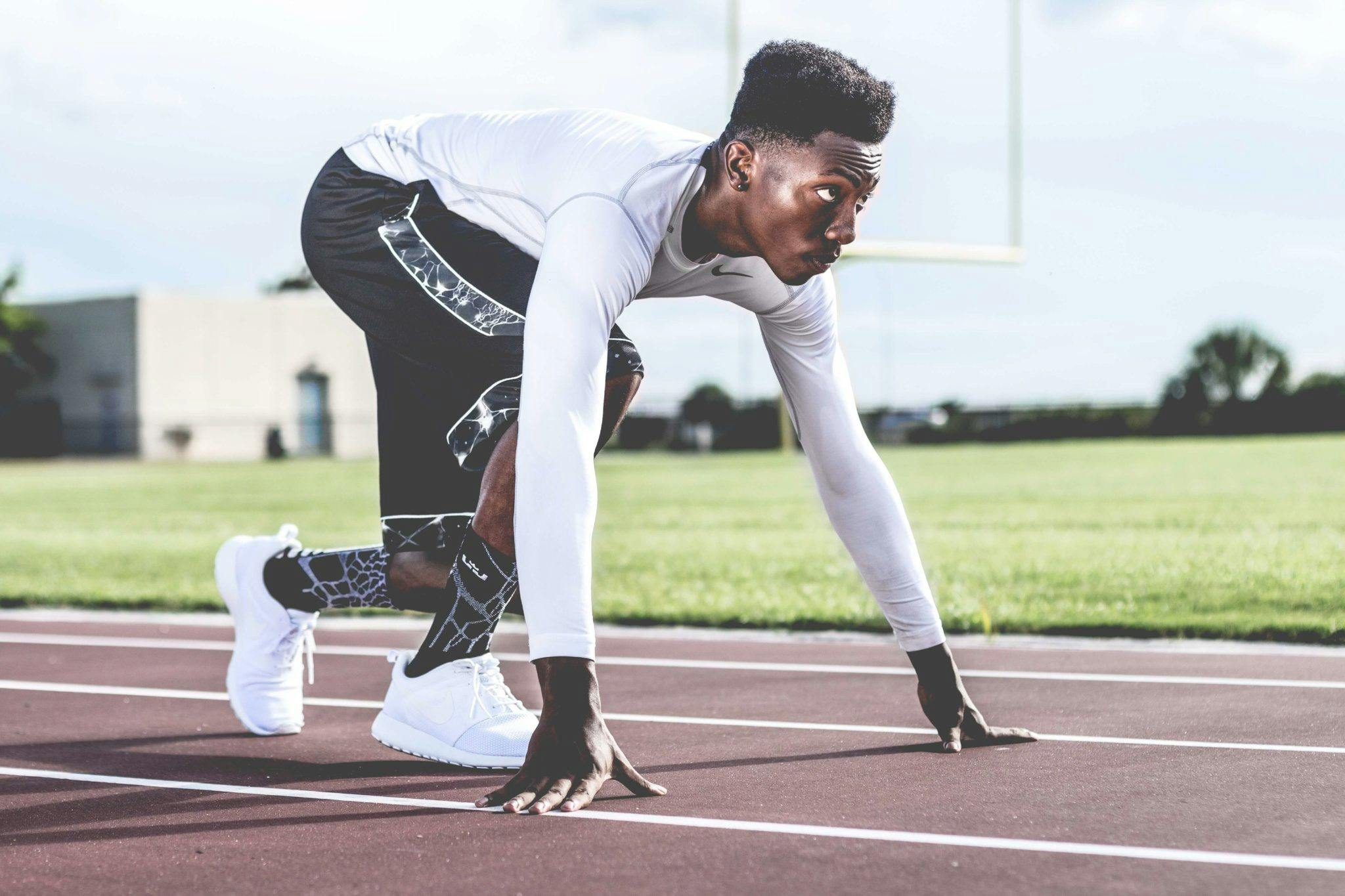How Can Elite Gymnasts Utilize Mental Imagery to Prepare for Competitions?

In the fast-paced, high-pressure world of competitive sports, elite athletes are always looking for an edge. One powerful tool in the psychology of sport is mental imagery, a technique that can help to improve performance, reduce anxiety, and enhance skills. This article will delve into how elite gymnasts can harness the power of mental imagery in their training and preparation for competitions.
The Power of Mental Imagery in Sports
Mental imagery, also known as visualization, is a psychological technique where an athlete mentally rehearses specific movements or scenarios. It involves constructing or recreating an experience in the mind, which can help athletes to enhance their motor skills, reduce anxiety, and improve overall performance.
Lire également : What Are the Best Practices for Reducing Soft Tissue Injuries in American Football Linemen?
Research has shown that mental imagery is highly effective in sports training. A study published in the Journal of Applied Sport Psychology found that athletes who used mental imagery saw significant improvements in their performance compared to those who did not. This technique is particularly relevant for sports like gymnastics, where precision, timing, and perfect execution are crucial.
Mental imagery allows gymnasts to practice and refine their routines in their mind, helping them to perfect each move. They can visualize themselves performing their routine flawlessly, which boosts their confidence and reduces performance anxiety.
A lire aussi : How Can Machine Learning Algorithms Predict Potential Overuse Injuries in Runners?
Incorporating Mental Imagery into Training
Integrating mental imagery into gymnasts’ training regimen can help them improve their performance. It’s not enough to simply visualize success; the imagery must be specific, vivid, and realistic.
Imagery should be used regularly in training, ideally in a calm and quiet environment where the athlete can concentrate. Gymnasts can visualize every aspect of their routine, from the precise movements of their bodies to the feeling of the equipment beneath their hands. This level of detail helps to enhance motor skills and improve performance.
Another important aspect of mental imagery is emotional content. Athletes should try to incorporate the feelings they experience during a competition, such as the excitement of the crowd or the pressure to perform. This will help them to manage these emotions effectively during the actual event.
Mental Imagery Techniques for Elite Gymnasts
There are several mental imagery techniques that gymnasts can use to enhance their performance.
One technique is the use of perspective. Gymnasts can visualize their performance from a first-person perspective (as if they are actually performing the routine) or a third-person perspective (as if they are watching themselves perform). Both perspectives can be effective, but many athletes find that the first-person perspective is more immersive and realistic.
Another technique is known as progressive relaxation, which involves systematically relaxing each muscle group in the body. This can be combined with imagery to create a powerful mental rehearsal of the gymnastic routine.
Finally, imagery can also be used to rehearse the mental and emotional aspects of performance, such as maintaining focus under pressure and managing anxiety.
The Team Aspect of Mental Imagery
While gymnastics is largely an individual sport, there are also team events in elite competition, such as the Olympic Games. In these situations, mental imagery can be used not only for individual performance but also for team dynamics.
Teams can use group imagery sessions to visualize their collective success. They can imagine working together flawlessly, supporting each other, and celebrating their victories. This can build team cohesion, boost morale, and enhance performance.
Similarly, coaches can use mental imagery in their training sessions. They can guide their athletes through imagery exercises, helping them to visualize their routines and manage their emotions. This can improve the effectiveness of training and prepare athletes for the pressures of competition.
Overcoming Performance Anxiety with Mental Imagery
Performance anxiety is a common issue among elite athletes, and gymnasts are no exception. The pressure to perform flawlessly, combined with the high stakes of elite competition, can lead to significant stress and anxiety.
Mental imagery can be an effective tool for managing performance anxiety. Athletes can visualize themselves staying calm and composed under pressure, which can help them to feel more confident and in control.
In addition to visualizing successful performance, gymnasts can also use mental imagery to prepare for potential setbacks. They can imagine how they would handle a mistake or a fall, helping them to stay resilient and composed even in challenging situations.
Mental imagery is not a magic bullet and can’t guarantee success. However, when used properly and consistently, it can be a powerful tool for improving performance, enhancing skills, and managing anxiety among elite gymnasts.
Boosting Mental Strength using Mental Imagery
Mental imagery is not just about visualizing physical actions, it’s also a key tool in boosting an athlete’s mental strength. This aspect is particularly important for elite gymnasts like Simone Biles, who has publicly acknowledged the role of sports psychology in her success.
The mental game in gymnastics can be just as challenging as the physical one. Gymnasts are required to perform complex routines under extreme pressure, and mental resilience is vital in these high-stakes situations. Mental imagery can help athletes to build this resilience, by allowing them to rehearse not only their routines, but also their responses to potential challenges and setbacks.
Athletes can use mental imagery to visualize themselves handling difficult situations with calm and composure. They can imagine themselves performing their routine flawlessly, even under pressure, and can also envision how they would recover from a fall or a mistake. This kind of mental rehearsal can build confidence and help athletes to feel more prepared for competitions.
Moreover, mental imagery can also be used to enhance an athlete’s imagery ability – their ability to create vivid, detailed mental images. This is a skill that can be developed with practice, and can significantly enhance the effectiveness of mental imagery in sports training.
Finally, mental imagery can play a crucial role in an athlete’s mental health. It can help athletes to manage stress and anxiety, to stay focused and motivated, and to maintain a positive mindset. All of these factors can contribute to improved performance and overall wellbeing.
Conclusion: The Role of Mental Imagery in Elite Gymnastics
In the realm of elite gymnastics, where the difference between success and failure can be a matter of milliseconds or millimeters, mental imagery has emerged as a potent tool. It offers a way for athletes to perfect their skills, manage their emotions, and enhance their performance, all within the confines of their own minds.
The use of mental imagery isn’t about creating an unrealistic expectation of perfection. Rather, it’s about mentally rehearsing the process, the execution, and the potential obstacles, in order to be as prepared as possible for the reality of competition. It’s about training the mind as thoroughly as the body.
The key to getting the most out of mental imagery lies in regular practice, detailed visualizations, and the integration of emotional content. Athletes need to make it a part of their training routine, to visualize their performance in a vivid and specific way, and to incorporate the feelings they experience during competition.
In the end, mental imagery is a powerful reflection of an age-old adage in sport psychology: Performance is not solely about physical ability, but is also greatly influenced by mental skills. For elite gymnasts looking to gain an edge in their sport, mastering the art of mental imagery could well be the key to unlocking their full potential.
